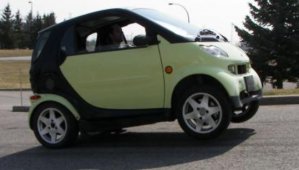SilverbackMP
Solar Addict
- Joined
- Apr 4, 2022
- Messages
- 928
Tried searching for this. I topped balanced (3.6) my first set of 16 cells about a three weeks ago, another set about a week ago, and my third set today. All were charged several times with contestant voltage to .02 Amps and left for about a day in parallel for voltage to equalize and then repeated several times. And then the bus bars were removed. How long will they stay in balance? Will my first set still be roughly still in balance? Going to check with a clamp meter but I won't get to this until the end of the week and trying to get my game plan together (as I have five more batteries after these three to get up and running).
Planning on bringing any low cells up via individually charging if needed. I don't think it's absoluely necessarily as I have REC BMS, but I'd rather get them as close as possible.
Might take the Andy approach as shown on his last few videos. Thoughts?
Planning on bringing any low cells up via individually charging if needed. I don't think it's absoluely necessarily as I have REC BMS, but I'd rather get them as close as possible.
Might take the Andy approach as shown on his last few videos. Thoughts?



